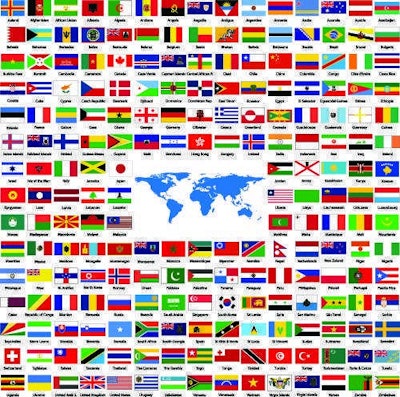
Globalization united an industry that had historically operated independently at different locations across the world.
Now globalization is commonplace.
Customers don’t bat an eye when buying parts assembled in North America using raw materials from Asia and a European design.
But just because aftermarket customers are comfortable with globalization doesn’t mean we’ve mastered it. There are benefits and drawbacks to how globalization has been instituted in North America, and all of those factors are on display in the market.
To truly understand how globalization has evolved in North America, you have to go back to the start.
“Cummins has had a global presence for nearly 60 years,” says Tracy Kiser, the company’s on-highway marketing communications manager. “By 1955 Cummins engines were being sold in [more than] 110 countries and Cummins had 140 sanctioned sales or service organizations outside the United States.”










